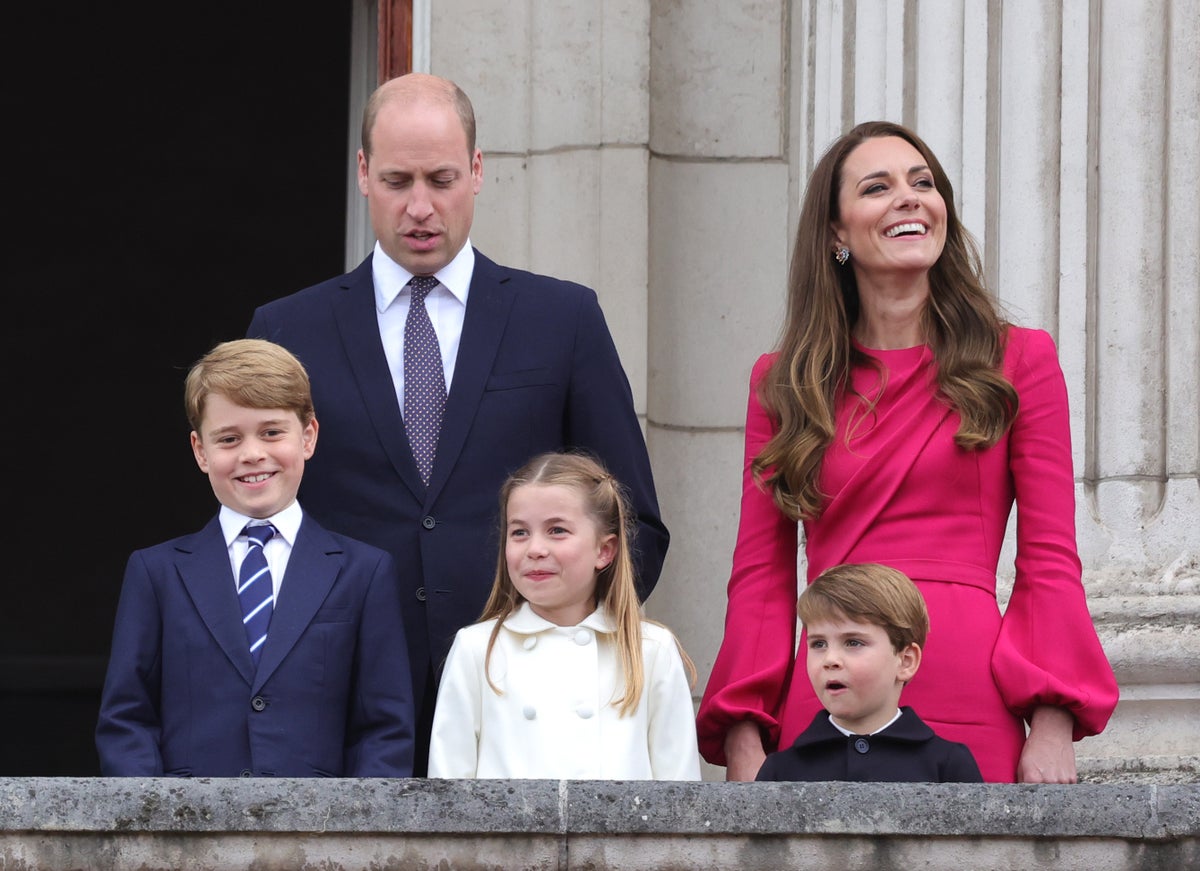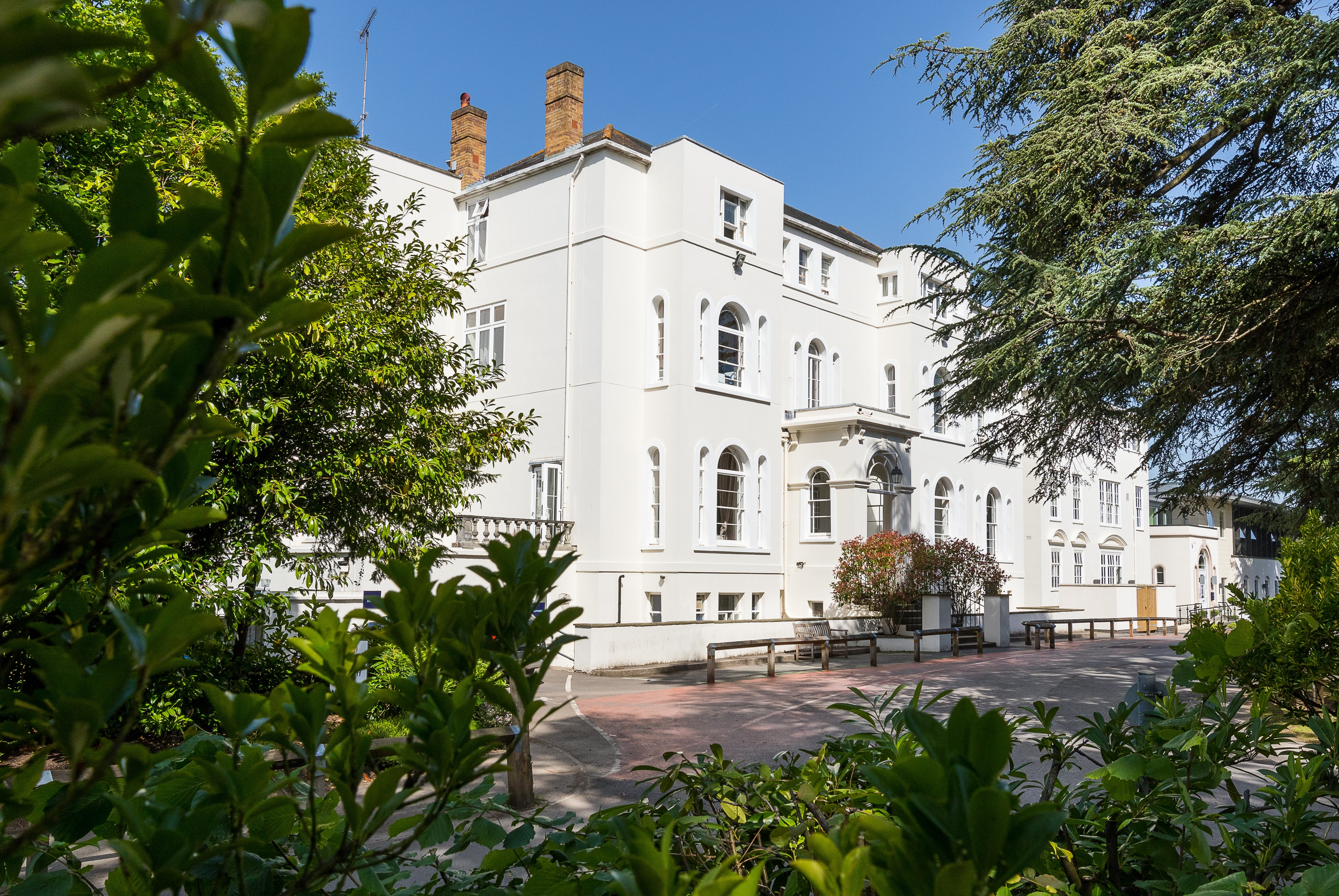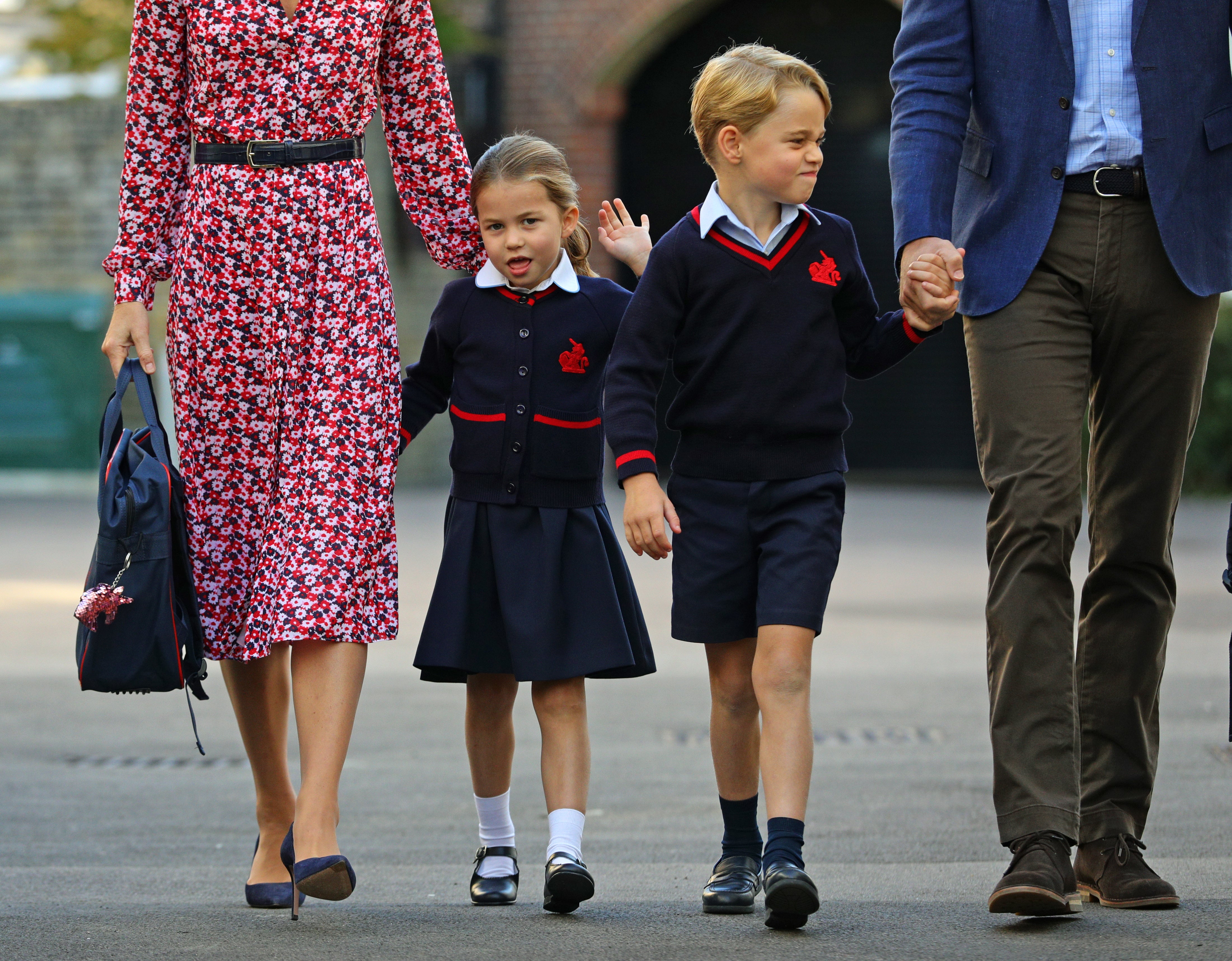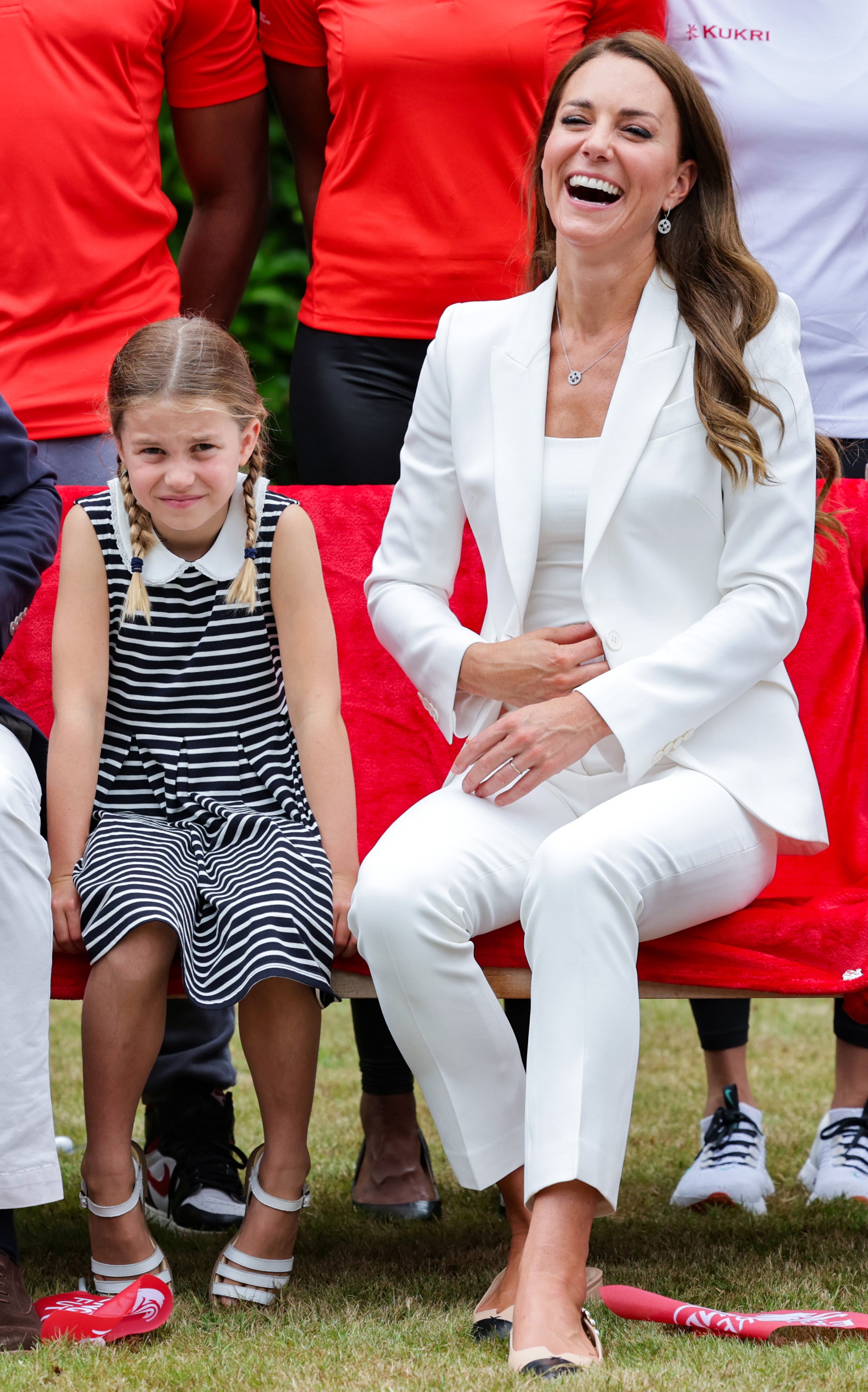
The Duke and Duchess of Cambridge are relocating from London to leafy Windsor – a decision that has been “led by the kids”.
George, nine, and Charlotte, aged seven, have left their London prep school, Thomas’s Battersea, to join Lambrook School near Ascot in September – along with their little brother Louis, aged four.
The move from Kensington Palace to Adelaide Cottage – a Grade II-listed four-bedroom house in Windsor’s private Home Park – is both nearer to William’s grandmother the Queen, who spends most of her time at Windsor Castle, and to Kate’s parents’ home in Bucklebury, Berkshire.
Kensington Palace confirmed the move and a royal source said: “This is very much a decision that two parents have made to give their children the ‘most normal’ start possible.
“KP [Kensington Palace] can be a bit of a fishbowl. They wanted to be able to give George, Charlotte and Louis a bit more freedom than they have living in central London. It’s very much a decision that’s been led by the kids.”
But while the decision takes the Cambridges nearer to family and gives the children 52 acres of Berkshire countryside to run around in at Lambrook School, there is still some potential turmoil associated with upping sticks and leaving schoolfriends behind to start afresh in a new area.

“Changing schools is a major challenge for all children, whatever their age, as school takes up such a large and significant part of their lives and contributes so much to their development,” stresses educational psychologist Dr Kairen Cullen (drkairencullen.com).
The young royal trio won’t be alone in having to face challenges including joining existing social groups, breaking into established school sports teams, and becoming familiar with new teachers and teaching styles. Plenty of other kids face the same issues when they too move to a different area, for whatever reason.
Here’s what Cullen advises parents to bear in mind when they try to help their children through the change from one school to another…
CHANGE
Continuity
Remember that change can be painful and destabilising as well as exciting and enhancing. “We know as adults that if we’re undergoing major change in one area of our lives, we need to keep continuity in other parts as much as possible so we enjoy the change and don’t become too unsettled,” says Cullen, who stresses that this need for continuity applies even more to children, especially the very young.

Home
Try to make sure everything at home is consistent, stable and comforting. “The familiar framework and routines of home provide comfort and reassurance when children are being tested by a new school environment,” she says.
Allowances
Parents may need to cut children some slack when they’re finding their feet at a new school. “Make as many allowances as you can and modify your expectations of the usual behavioural standards as much as possible while your child settles in to their new school,” advises Cullen.
Nurture
Even the toughest kids might need their mum and dad more than ever during this transition period when everything is changing. “This is a time for nurturing the child, so some extra special time, a few treats and lots of cuddles and kind words are called for.”

Growth
Remember that children’s growth and development comes largely from the challenges they face, which are carefully eased by the adults in their lives, be they parents, carers, relatives or educational professionals. “The new school experience offers a lot of opportunities for everyone involved to work together in helping the child cope with the challenges,” Cullen explains.
Expertise
She stresses that although many professionals have great expertise in supporting children as they adapt to change and challenges, there are no better experts than their own parents. “Trust your hard-earned knowledge and the insights you’ve acquired over time in relation to your own child, but also ask for help as and when you consider it’s needed.”







